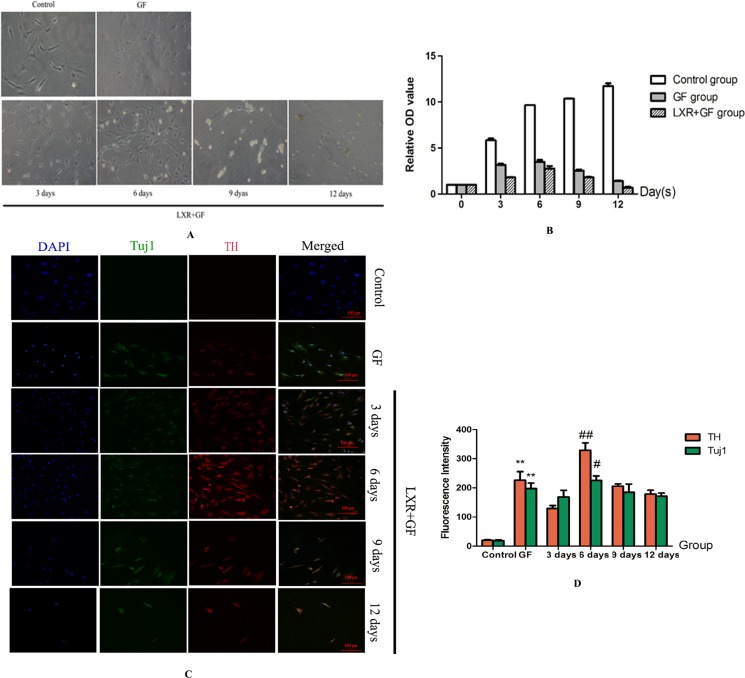Figure 3. Determine the time for induction period of LXR agonist (× 200, Scale bars = 100 μm).
(A) Bright-field images of rat BMSCs in different groups. Cells in GF group and LXR+GF (day 0) group revealed the appearance of extended long cellular processes and retracted cell bodies, which were the typical neuronal morphology, and the amount of cells in LXR+GF (day 0) group were increased and later decreased, and reached the peak at day 6 in the bright-field images. (B) The growth rate of cells in GF group and LXR+GF (day 0) group reached the peak at day 6 and the growth rate of cells in LXR+GF (day 0) group was consistent with images in the bright-field. (C) Change in expressions of Tuj1 and TH. No expression of Tuj1 and TH was detected in control group. Cells in GF group and LXR+GF group displayed merged images of double staining with Tuj1 (dylight 488, green) and TH (dylight 549, red). Colocalization was identified by the yellow fluorescence in the merged images. Expressions of Tuj1 and TH reached the peak at day 6 in LXR+GF group. Thus, the time for induction period of LXR agonist was 6 days. (D) Group data showing change in expressions of Tuj1 and TH. Data are expressed as mean ± SD (n = 5). **P < 0.01, compared with control group. #P < 0.05 and ##P < 0.01, compared with GF group, respectively.

